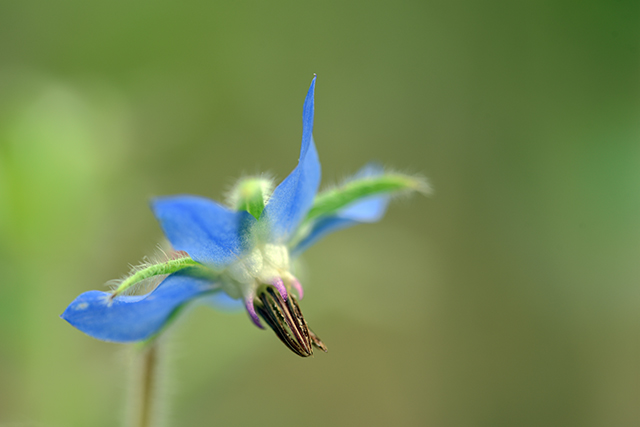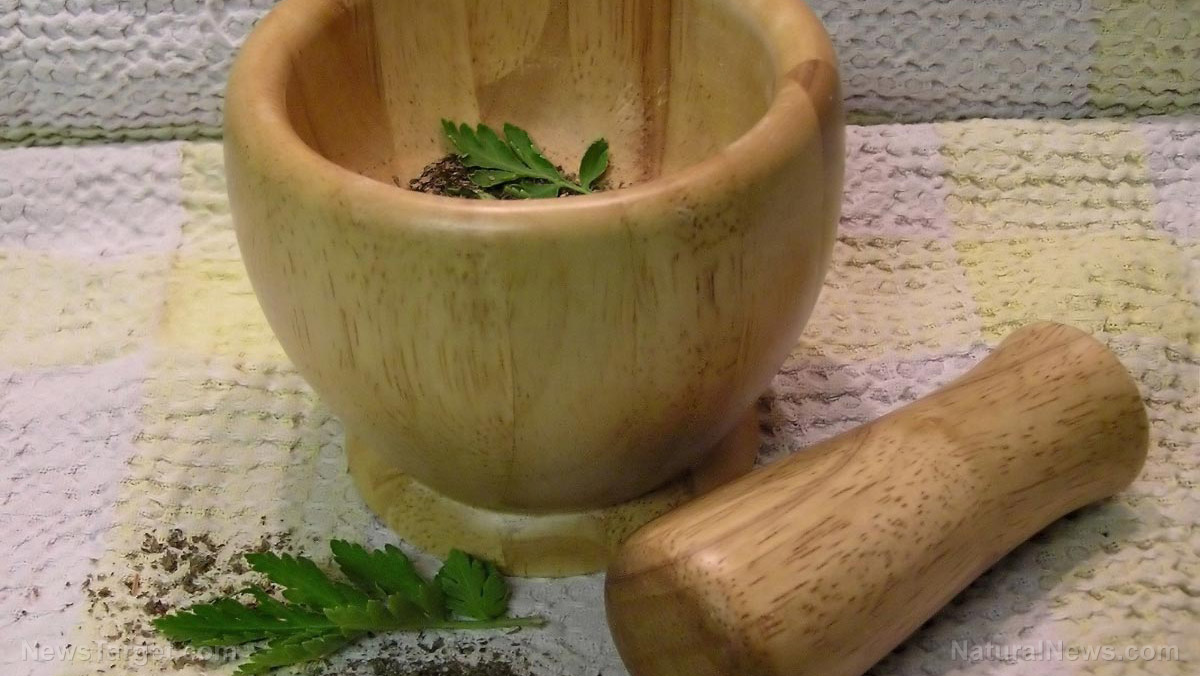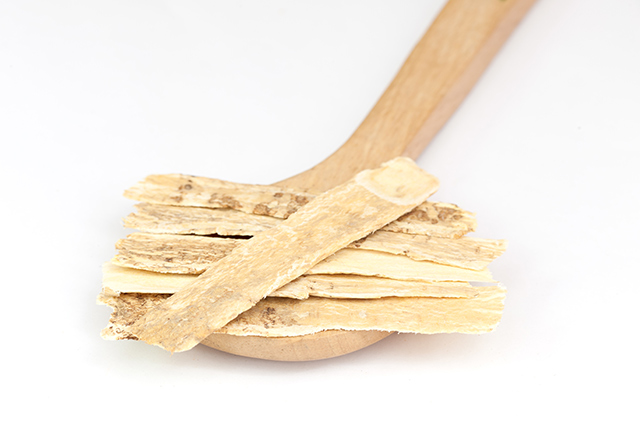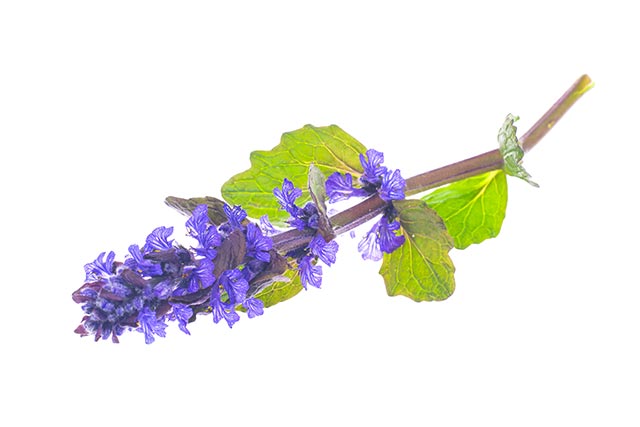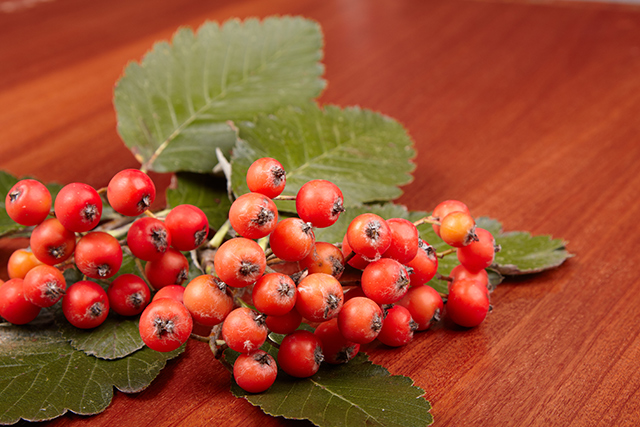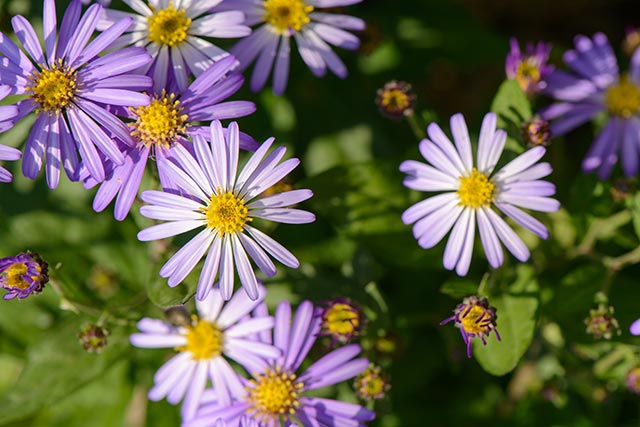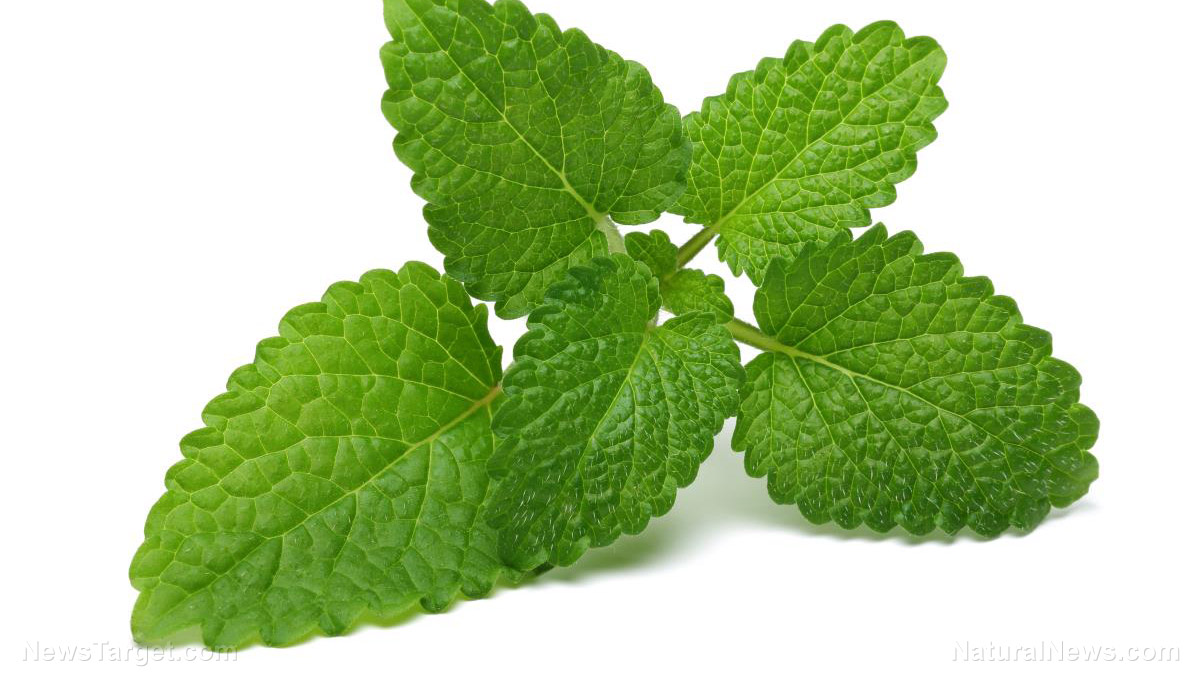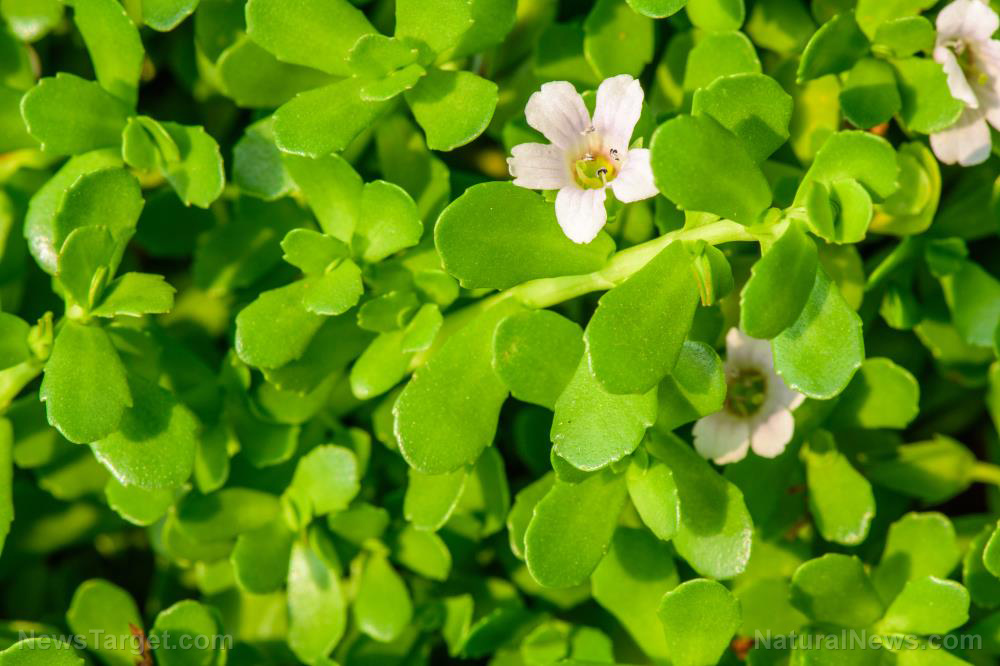Lost in translation? Understanding a plant’s Latin name can help develop better herbal medicine
08/18/2018 / By Ralph Flores

It’s a great time to start thinking about herbal medicine: A recent report estimates that the herbal medicinal product market is expected to continue its upswing well into the near future, thanks to the availability of raw herbs and the increasing awareness and acceptance of people on traditional medical systems. That, combined with a growing body of scientific literature supporting the benefits of traditional medicine, means that people can now start their journey to healthy living with the aid of herbal medicine.
Of course, there’s the challenge of looking for an herb that’s right for you, what, with the nearly 400,000 species of plants known to man. Take ginseng, for example. It’s the common name for roots of the plants in the Panax genus, and it has 11 different varieties – all of which are known to have different health properties. Ginseng’s two most popular variants – American ginseng (P. quinquefolius) and Asian ginseng (P. ginseng) – are used to treat totally different symptoms, which can be challenging for those starting out with herbal medicine.
In her video, Carol from TheUKOnline walks us through the basics of using herbs, especially for those who are interested in making herbal medications later on.
“The first thing we need to do is to make sure that we’ve got the right herb for the medication we want to make,” she added. “Recognizing herbs, whether buying or sourcing [it] from the wild, is one of the most important points we must think about before starting to make our herbal medications.”
Mother Nature's micronutrient secret: Organic Broccoli Sprout Capsules now available, delivering 280mg of high-density nutrition, including the extraordinary "sulforaphane" and "glucosinolate" nutrients found only in cruciferous healing foods. Every lot laboratory tested. See availability here.
Watch the full episode from REAL.video here:
Making sense of a plant’s Latin name can help in the long run
It may seem counterproductive to start your foray into herbal medicine by looking at an obscure reference, but Carol explains that understanding a plant’s Latin name ensures us that we’re getting the herb we need for our medication. It also lets us know how the herb we need should look, smell, taste, and even feel like.
The process of classifying organisms, whether living or extinct, is called taxonomy, and it started from the works of Carolus Linnaeus, also known as Carl Linnaeus or Carl von Linné. The Swedish botanist, who is widely regarded as the “father of modern taxonomy,” was the first to come up with rules for assigning names to plants and animals. This led to the use of the binomial nomenclature, which we now refer to as a plant’s “scientific” or “Latin” name.
The system may seem complicated to someone who’s just looking for herbs, understanding a specific plant’s taxon allows us to determine a plant’s physical characteristics – telling us more if the herb is truly the one we need.

A quick look at the binomial names of these two plants will tell us the plant on the left is Solanum nigrum – a berry that can be eaten once it’s fully ripe – and the one on the left is Atropa belladonna, one of the most toxic plants in the wild. Fair warning – unripe S. nigrum berries are also toxic. (Related: Nightshade Vegetables may Cause Adverse Reactions in Some People.)
Brushing up on Latin
Fortunately, all herbs and plants fall under the Plantae kingdom, which broadly includes all growing things that have a vegetative nature. Of course, these are further subdivided until it is classified to its unique genus and species nomenclature, which make up its binomial name.
Here are some Latin names for well-known herbs, which could help you a lot when you’re reading up on the benefits of a specific plant – or when you’re making an herbal medication. (h/t to KatolenYardley.com)
- Agrimony (Agrimonia eupatoria)
- Alfalfa (Medicago sativa)
- Bilberry (Vaccinium myrtillis)
- Buckwheat (Fagopyron esculentum)
- Cat’s claw (Uncaria tomentosa)
- Elderberries (Sambucus nigra)
- Fenugreek (Trigonella foenum-graecum)
- Garlic (Allium sativa)
- Linseed (Linum usitatissium)
- Maca (Lepidium meyenii)
- Ginkgo Biloba (Ginkgo bilboba)
- St. John’s wort (Hypericum perforatum)
- Thyme (Thymus vulgaris)
- Turmeric (Curcuma longa)
- Valerian (Valeriana officinalis)
- Witch hazel (Hamamelis virginiana)
- Yarrow (Achillea millefolium)
Watch the full discussion at this link.
If you’re feeling confident about your Latin names (or if you just want to be updated with studies about a specific plant), go to PlantMedicine.news and test your skills.
Sources include:
Tagged Under: alternative medicine, binomial nomenclature, botany, herbal cures, herbal medicine, Herbs, Latin names, natural cures, natural medicine, natural remedies, plant cures, plant medicine, Plants, remedies, scientific names, taxonomy

